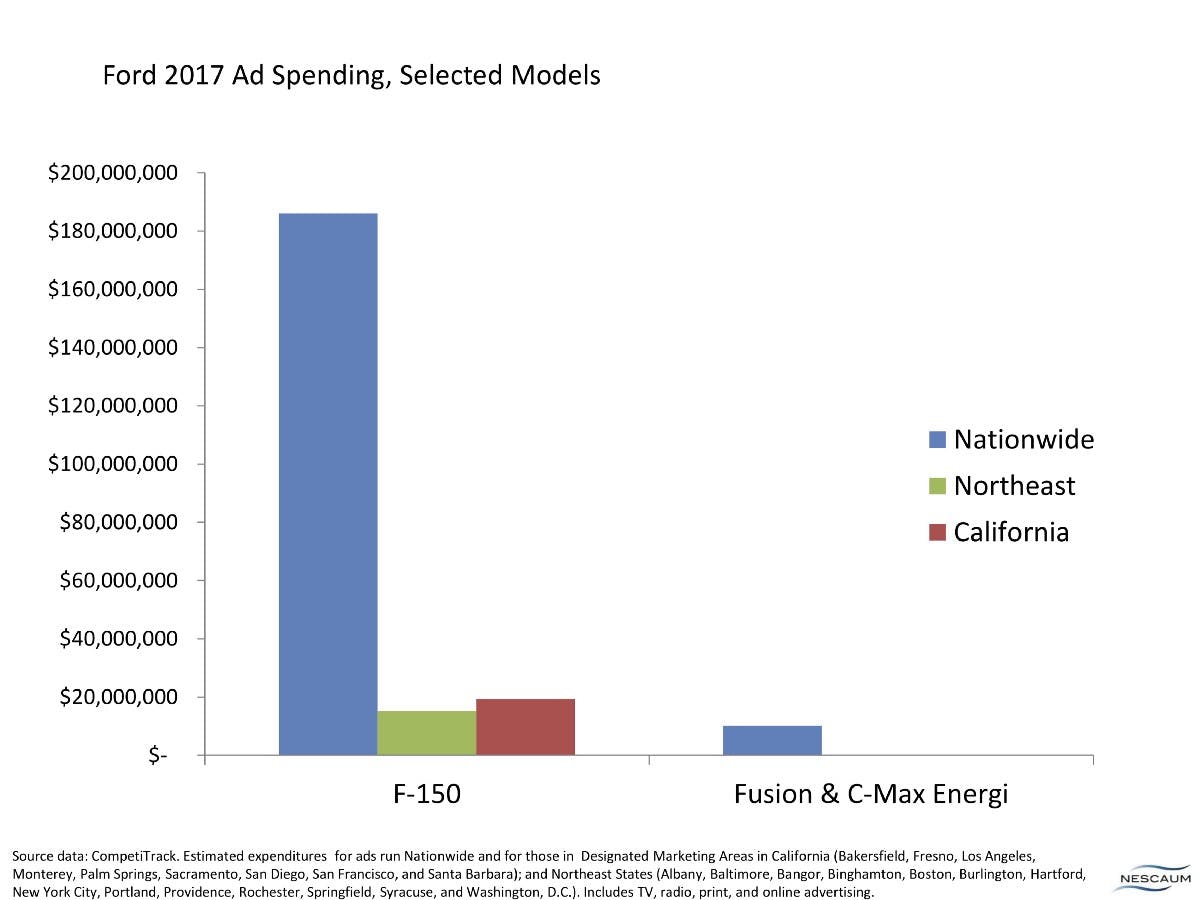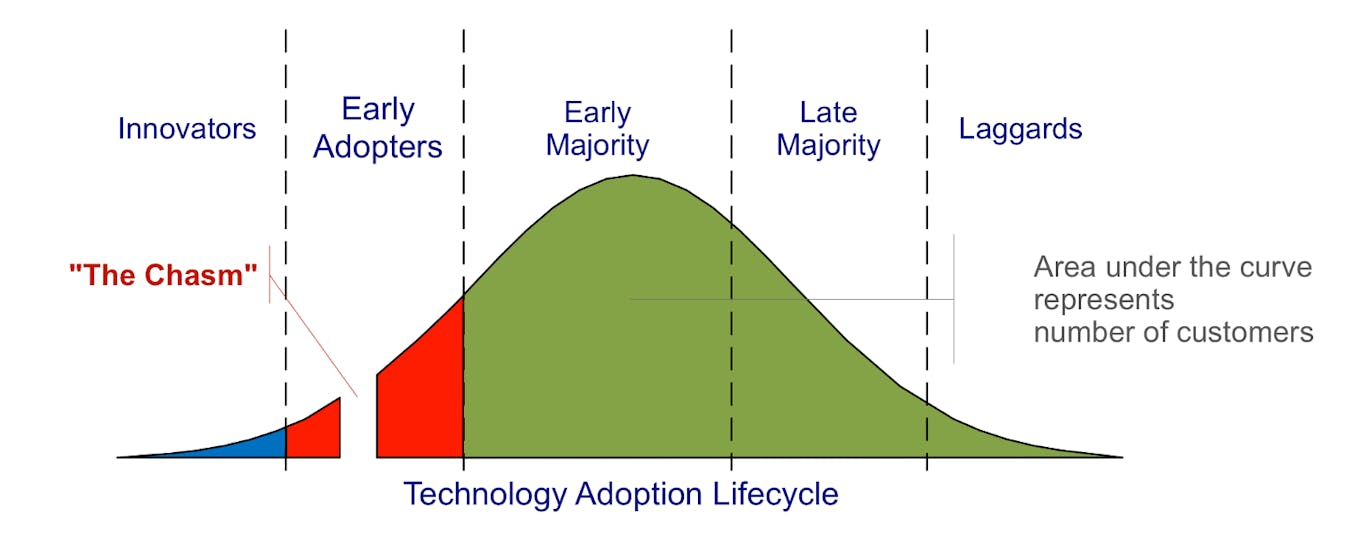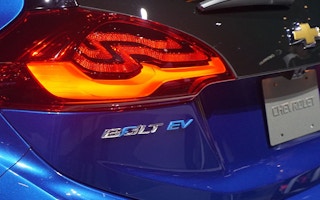This article is part of a series about barriers to the widespread adoption of electric cars.
Head to a Ford dealership and ask about an F-150. You will be shown its features, invited on a test drive, and treated to a carefully practiced sales pitch detailing the truck’s strength, power and durability. Ask about an electric car, and you might have a very different experience.
Experts and advocates have consistently found dealers and manufacturers putting as little effort as possible into selling electric cars.
In 2016, the Sierra Club sent volunteers to more than 300 dealerships around the country to record their experience shopping for an electric vehicle. The results were dismaying, to say the least. More than one in five Ford and Chevy dealers had failed to charge an EV so it could be taken for a test drive. Only around half of salespeople explained how to fuel a plug-in vehicle, and only a third discussed the tax credits available to buyers. “The dealership had no idea about the state and federal tax credits,” said a volunteer in California. “They said it was the policy of the company to not talk about tax incentives because they were not tax experts.”
Many volunteers described dealers who were woefully incompetent or, in some cases, openly hostile to EVs. “Senior sales staff had no idea what the battery electric vehicles’ range was. He called it a go-cart,” said a volunteer in New York. “There were no EVs in stock and [the dealer] stated that he has no interest in ever selling an electric vehicle,” said another in Maine. “I couldn’t do a test drive because the key was lost. I was encouraged to purchase a non-electric vehicle instead,” said another in Connecticut. If dealers are reluctant to sell EVs, that has an impact on consumers. Studies show that drivers are more likely to buy an electric car after they take one for a spin.
Dealers may be reluctant to sell EVs because, like most Americans, they don’t know much about them. “A lot of our salesmen are not familiar with electric vehicles themselves, and so rather than try to sell people something they don’t know or don’t feel comfortable with, they’re trying to sell them something else,” said David Greene, a professor of civil and environmental engineering at the University of Tennessee.
A 2014 study found that drivers shopping for an EV were much less satisfied with their experience than those who were shopping for a conventional car. Those shopping for a luxury car showed the greatest satisfaction—the more money the dealer believed he stood to make from a sale, the more satisfied the customer was with her shopping experience. Notably, Tesla buyers were the most satisfied of all.

Researchers further explained that EVs need less maintenance than conventional cars, which puts a dent in the dealer’s bottom line. “I got my [BMW] i3 in April of last year, so I have had it for a year and a half, let’s say, and I’m not due for my first maintenance until January,” Greene said, explaining that because EVs generate so little money after they are sold, salespeople are less inclined to move them off the lot. “Dealerships make a very large fraction, if not most of their money from maintenance and repairs,” he said.
It’s not just dealers who are failing to sell EVs. Manufacturers spend appallingly little on marketing plug-in cars. A study commissioned by the Northeast States for Coordinated Air Use Management found that US automakers are investing next to nothing on advertising electric cars such as the Ford C-Max Energi and Chevy Bolt.
In 2017, manufacturers spent roughly an order of magnitude more nationally marketing SUVs and trucks, like the Chevy Silverado and Ford F-150. “Here in Tennessee, you will rarely see an electric car advertisement on television,” Greene said. “They just don’t get advertised the way other vehicles get advertised.”

When asked about the gap in ad spending, a spokesperson for Chevy said the brand is “focusing advertising efforts in key markets and across platforms, where the conversation is most prominent.” Though, the difference in spending may also reflect the fact that big trucks and SUVs are more profitable for automakers.
“[Trucks and SUVs] are selling to less price-sensitive consumers,” Greene said. “So it’s possible to get a higher profit.” The economics of EVs are different. “When you are in the compact or subcompact passenger car segment—unless it is a luxury vehicle—you are generally facing very price-sensitive consumers,” Greene said. “This makes it difficult to get extra profit.”
Technological advancements will yield cheaper batteries, making EVs more cost-competitive, and thus, more profitable for manufacturers. To really drive the price of electric vehicles, however, automakers will simply need to produce more of them. “That is one major factor in bringing down the cost—scale and learning by doing,” Greene said. “The more you sell, the cheaper the vehicles get, and that’s a big deal for electric vehicles.”
But if car companies won’t market plug-in cars, sales will continue to lag. Authors of a recent report on consumer attitudes toward EVs wrote, “Electric vehicles are an emerging technology that has not reached beyond the ‘innovator’ and ‘early adopter’ consumer categories in most markets. The marketing of a new and different technology presents challenges, and the right messaging can be enormously helpful in increasing public acceptance.”
EVs are in a phase of adoption known as “the chasm,” a gulf separating early adopters from the majority of consumers. This is the most treacherous period in the life of a new technology, and it determines its success or failure. Some technologies, like the smartphone, make it through this period unscathed. Others, like the Segway, slip into the gap, never to be heard from again. To make it across the chasm, EVs will need to reach beyond their core market of high-earning technophiles and start winning over soccer moms and NASCAR dads.

Geoffrey Moore’s technology adoption curve. Moore argued that there was a chasm separating the early adopters of a new technology and the later converts and that companies would need to work hard to cross this chasm. Some experts have argued that electric vehicles are stuck in this chasm. Source: Craig Chelius
“The American car market is fairly conservative,” said Nick Sifuentes, executive director at Tri-State Transportation Campaign. “People know this is a new technology, and one of the hurdles to adoption is, ‘Oh my gosh, how different is this than what I’m used to?’”
To help EVs cross the chasm, researchers have called for educating salespeople and the public about electric cars, as well as sponsoring events where drivers can test drive an EV. In addition, they say that policymakers should extend tax breaks that make it cheaper to buy an electric car. For now, automakers, dealers and consumers are stuck in a loop.
Virtually no one is selling or buying EVs, despite the fact that they are safer, cleaner and cheaper over the course of their lives than most conventional vehicles. Policymakers can break that loop.
“Government should always be in the business of incentivising the thing that is the most healthy for its constituents,” Sifuentes said. “Clearly this is one of those cases.”








